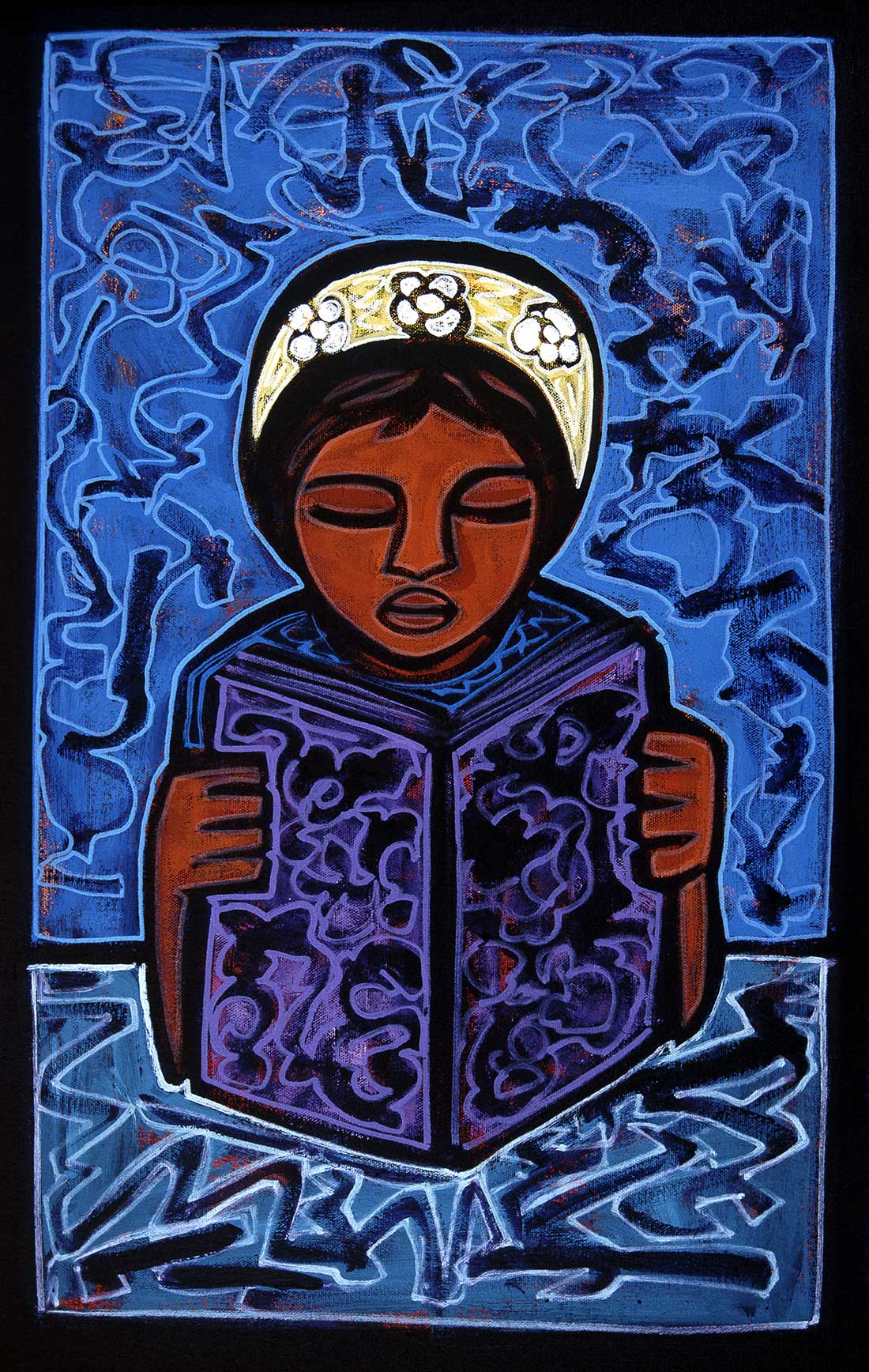Graciela Limón ’65, who has taught Latino literature, is best known today as a leading fiction writer. She has written eight novels, including “The Madness of Mamá Carlota” and “In Search of Bernabé,” which won a Before Columbus Foundation American Book Award and was named a Notable Book of the Year by the The New York Times Book Review. Limón’s novels are exercises in crossing borders. Her characters may be poor immigrants making a desert passage to new lives in Los Angeles, where cultural borders may shift and overlap block by block. We asked Limón to tell us about her journey to becoming a novelist, and that, too, is a story of seeing and understanding her life as it crosses cultures.—The Editor
I’ve often been asked, “Graciela, how do you see yourself? What’s the inspiration for your writing?”
I respond that I see myself first as the daughter of Mexican immigrants, a Chicana, then as a writer and teacher. Having my roots in East Los Angeles has much to do with how I perceive myself. Being a first-generation college graduate also molded me. The experience thrust me into the world of education, connecting me with many remarkable Marymount nuns and Jesuits. It’s been their sense of social justice and service that put
a lasting imprint on who I am, on what I write and teach. That same world put me in touch with the Chicana and Latina students I’ve taught and mentored, and who have become the inspiration for the female characters that inhabit the pages of my novels. They’re now a part of me.
These thoughts then take me deeper into my beginnings in East Los Angeles where I was born, went to school, spoke Spanish and learned English, where I lived and visited familia in old frame houses. All of it is me; it’s what I write and teach. East Los Angeles is also where I first came in contact with the Marymount sisters. It happened at St. Alphonsus School, where that community of singular women taught me. One nun stands out: Sister Philomena, who inspired me to love English grammar and vocabulary. She opened the door to a world of words and ideas, a world that’s still mine.

After that came my undergraduate studies at Marymount College. How many people, I wonder, know that those nuns were already guiding, inspiring and providing resources for their female students to drive to Watts, South Central Los Angeles and Compton to be tutors and role models to African American children? Yes! This was happening during the early ’60s, and as a student, I watched and I learned.
Later, I was hired as a professor at Loyola Marymount University, where I met John Clark, S.J., and Donald Merrifield, S.J., Jesuits who embraced the mandate to diversify the university student body and faculty. I became a part of that endeavor. It was a time that demanded the resolve and creativity of everyone who chose to follow their leadership, and it happened: The movement took hold.
I’ll pause here to think more of Father Merrifield, a man of vision and courage, someone committed to serving minorities and the underprivileged of our city. He took a unique and daring step to inspire his faculty to follow his lead. During the early ’80s, LMU had a seven-week winter interterm, and Merrifield invited the faculty to submit a proposal that would put our distinct disciplines at the service of the community off campus during that period. In a real sense, he invited us to reinvent ourselves and what we did. It was a daunting challenge, but it inspired many of us.
My proposal was accepted, and I went to work on Skid Row teaching Spanish to Mother Teresa’s Brothers of Charity, whose mission was, and still is, to minister to the poor of Los Angeles. It was momentous because it put me into a world that profoundly impacted me. Those weeks experiencing Skid Row, witnessing the privations of the homeless and families living on the streets, were transformative for me.
When the seven weeks were over, I didn’t stray from that path of service. I couldn’t. I stayed close to the Brothers. That led me to another Jesuit, Father Michael Kennedy, S.J. Alongside him and others, I volunteered to assist Salvadoran refugees who had fled war and misery in search of safety and a better life here. I did that work of solidarity during weekends and on weekdays after teaching on campus. This experience was so pivotal to me that it led to my novel titled “In Search of Bernabé.”
How do I see myself? My answer comes full turn: I see myself reflected in those extraordinary people with whom I’ve shared a pathway, and I see myself transformed by the singular places and happenings that I’ve experienced.
